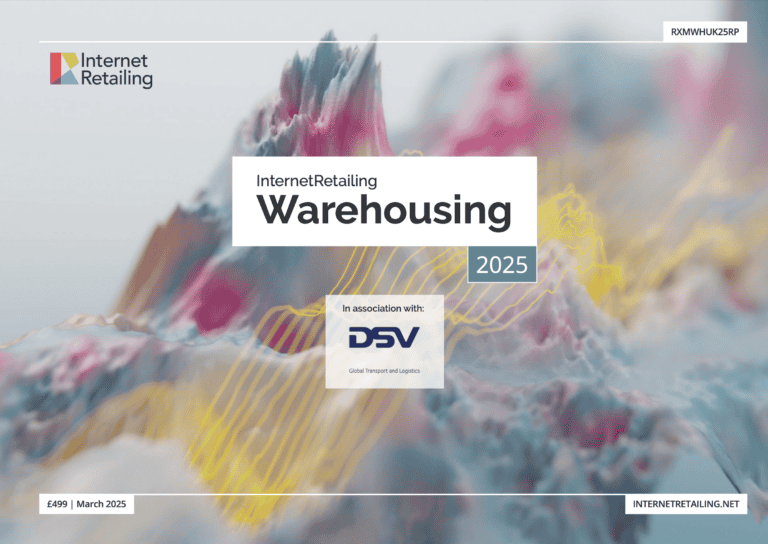Retail spending moved further online in May, according to figures from the Office for National Statistics (ONS) out this week.
Shoppers spent an average £1.1bn a week over the internet, which accounted for 15.9% of all retail spending, excluding automotive fuel, during the month. That was up from 14.3% in May 2016, as online spending grew by 14.4% on last year.
Across all retail, which predominantly takes place offline, shoppers spent 4.1% more in May 2017 than they did a year earlier, and 1.1% less than in the previous month of April. But average store price rises of 2.8% meant that although year-on-year spending was up, the money that consumers spent bought them only 0.9% more goods than a year earlier. That’s the lowest annual growth recorded by the ONS since April 2013. Shoppers bought marginally (+0.1%) more food than a year earlier, but less of other products: non-food sales fell by 1.2%.
Focusing on internet sales, textile, clothing and footwear stores saw ecommerce sales rise by 14.7% over the year, to account for 14.4% of sales. Online sales at department stores grew by 6.9% to account for 12.8% of sales. Ecommerce grocery sales grew by 6.7% to account for 5% of all retail sales in the sector, and household goods sales grew by 0.2% to account for 9.4% of sales.
Ole Black, ONS senior statistician, said: “The year-on-year growth in the quantity bought for retail sales in May 2017 was at 0.9%. We have not seen lower growth on the year since April 2013. Increased retail prices across all sectors seem to be a significant factor in slowing growth.”
Commenting on the figures, Ian Gilmartin, head of retail and wholesale at Barclays, said: “Inflation is really starting to kick in, with prices in the sector increasing at the highest rate for more than five years and expected to rise further. Coupled with lower wage growth, it’s likely that consumer spending power will continue to weaken and it appears that retailers are going to have to navigate some choppy waters in the coming months.
“There are no easy solutions. With persisting currency challenges and rising supply chain costs, many retailers simply have to pass on some of this to their customers through price increases. Striking the right balance on price point between what is viable from a cost perspective and what is acceptable to the consumer is now the crucial strategic decision for retail heads to consider.”









